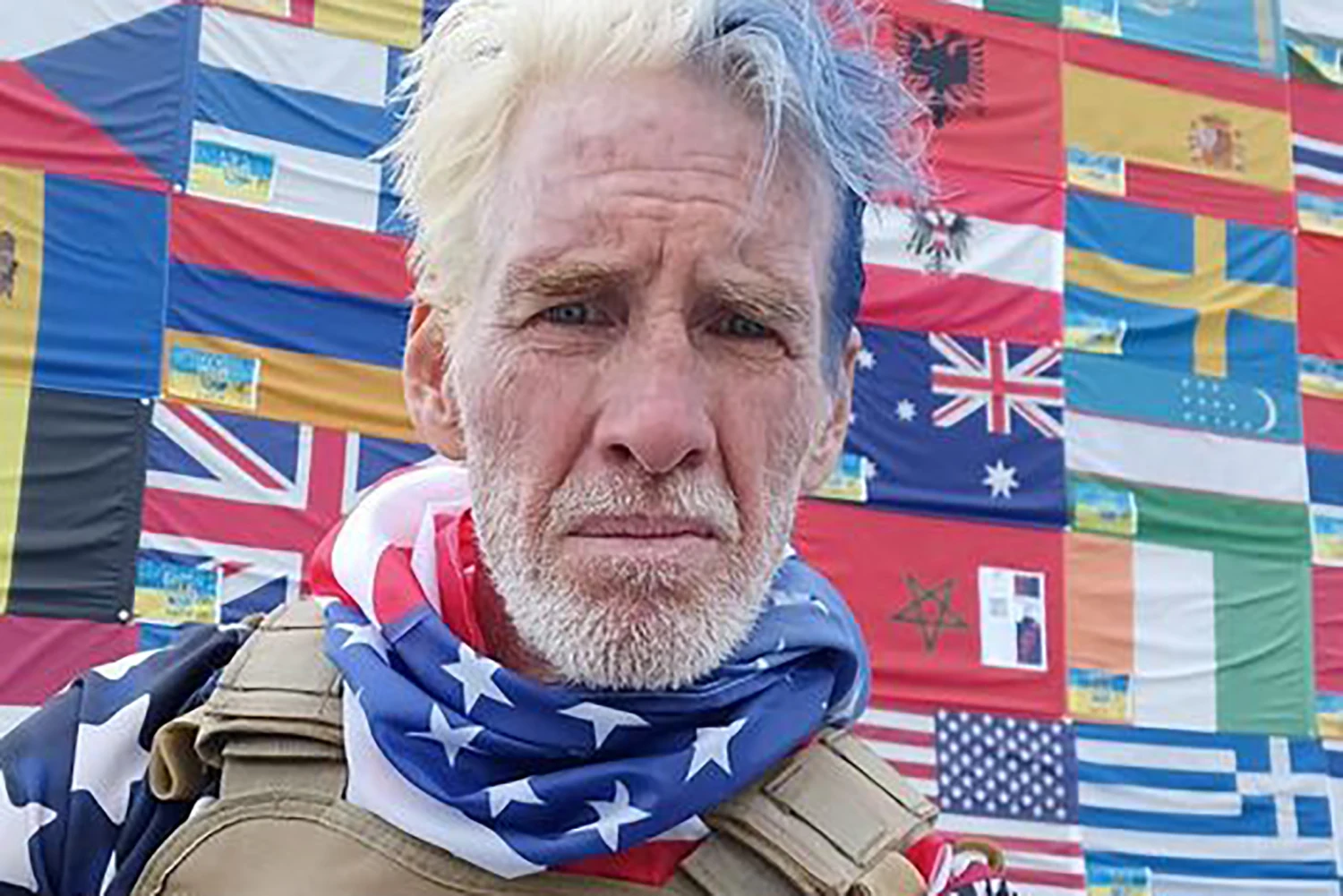In a shocking revelation, Fox News host Jesse Watters detailed a Secret Service failure during a second assassination attempt on former President Donald Trump on September 15, 2024, at Trump International Golf Club in West Palm Beach, Florida. The alleged assailant, Ryan Wesley Routh, a 58-year-old Hawaii resident with a criminal record, was arrested at the scene and now faces multiple federal charges.
The Attempted Assassination
As Trump played golf that day, a Secret Service agent on a routine sweep noticed a rifle barrel protruding from the tree line near the sixth hole. Upon confrontation, the agent fired six shots at Routh, who was hiding in the bushes—missing all six times from a distance of just five feet. Routh fled but was later apprehended.
At the site, investigators discovered evidence suggesting Routh had been camped out for hours. Items recovered included:
- A GoPro camera.
- Two backpacks containing supplies, including ceramic tiles believed to be improvised body armor.
- A loaded SKS-style, 7.62×39 caliber rifle with a scope.
- Food supplies and a black plastic bag.
Security Failures Exposed
Watters, citing a report from the Trump Assassination Task Force, questioned the Secret Service\’s preparedness and decision-making.
\”How does a trained agent who passed the firearms test miss a target 5 feet away?\” Watters asked.
The report revealed that the Secret Service was informed at 2:30 a.m. that Trump would be golfing later that day. Despite this, the course was not secured, allowing Routh to remain undetected for over 12 hours.
Further investigations showed Routh’s phone was located at the tree line from 1:59 a.m. to 1:31 p.m. on the day of the incident, raising questions about why surveillance measures failed to identify the threat.
Legal Proceedings and Insanity Defense
Routh was charged with attempting to assassinate a major presidential candidate, assaulting a federal officer, and multiple firearms offenses. He has pleaded not guilty and is being held without bail. His attorneys have indicated they will pursue an insanity defense, claiming Routh was hallucinating and delusional at the time of the attack.
Public defenders stated that Routh has been undergoing extensive mental health evaluations while in custody. Additionally, prosecutors revealed that Routh has written nearly 40 letters to news outlets from jail, attempting to portray himself in a sympathetic light.
Evidence of Long-Term Planning
Authorities uncovered a trove of evidence indicating that Routh had meticulously planned the assassination:
- A handwritten letter titled “Dear World” expressed regret for a previous failed attempt and offered $150,000 to anyone willing to “finish the job.”
- A list of Trump’s past and future appearances, suggesting Routh had been tracking the former president’s movements.
- Investigators found 18 cell phones among Routh’s possessions. While ownership of 17 devices has been confirmed, the origins of the 18th phone remain a mystery.
Political and Public Reactions
The incident has reignited debates about the effectiveness of the Secret Service and the challenges of protecting high-profile figures. Critics have called for a comprehensive review of security protocols, particularly given the heightened political tensions in the United States.
The Secret Service previously increased Trump’s security after a prior assassination attempt in Butler, Pennsylvania, earlier this year. However, this latest breach has raised serious concerns about their ability to adapt to evolving threats.
Ongoing Investigation
Routh’s trial is set to begin in February 2025, though his defense team has requested a delay until December to allow for a more thorough review of the evidence. The Justice Department and Secret Service have pledged to conduct a full investigation into the failures that allowed the incident to unfold.
As more details emerge, the case highlights the complexities of ensuring the safety of political figures in an increasingly polarized environment.
Sources:
- Palm Beach County Sheriff’s Office: Arrest Records of Ryan Wesley Routh
- Fox News: Jesse Watters’ Investigation
- Justice Department: Federal Charges Against Ryan Wesley Routh
- CNN: Details on Trump’s Golf Outing and Security
- AP News: Trial Updates for Ryan Wesley Routh

